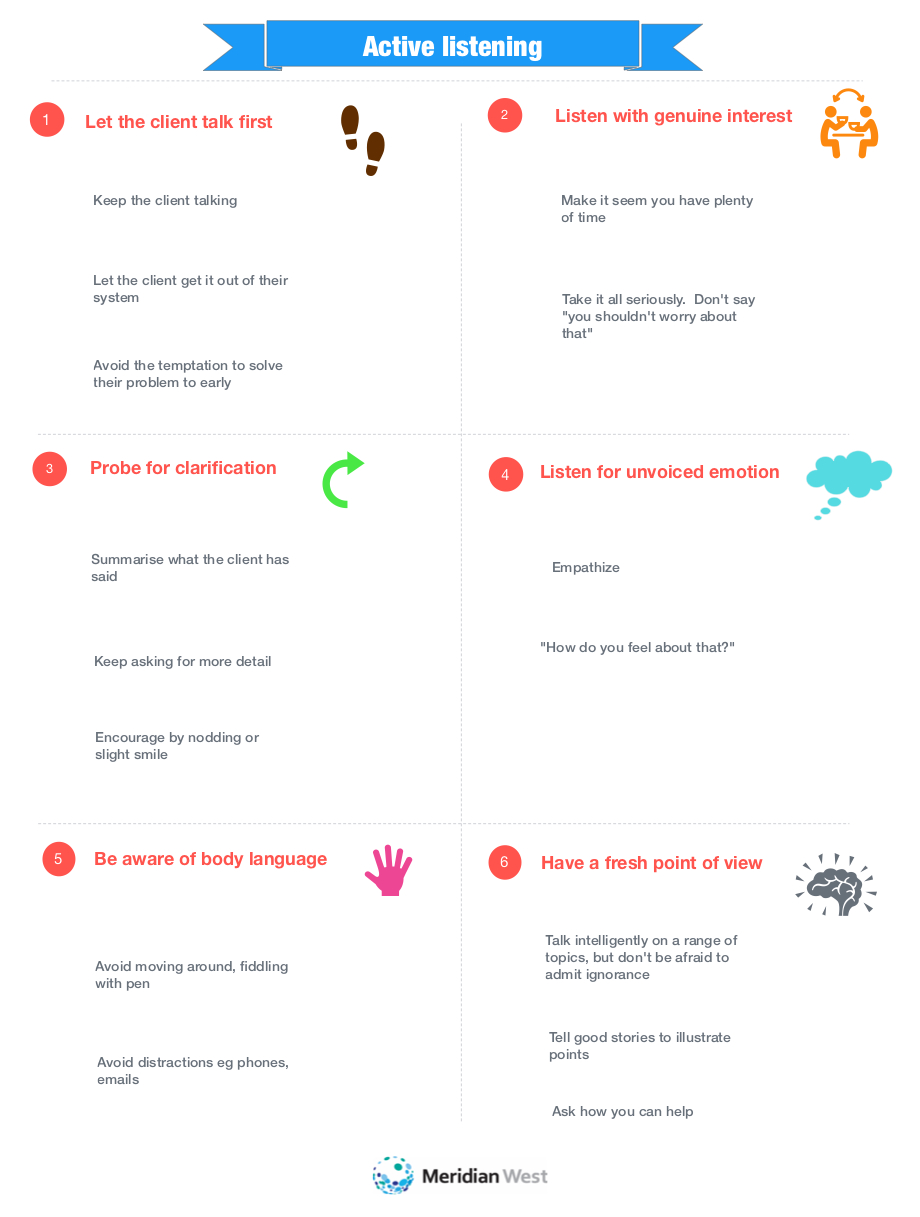

Then, whisper a sentence to the first child and instruct them to turn around and whisper it to the classmate behind them, which will continue on and whisper the sentence to the student behind them. Basically, all the kids form a row standing one after another. This one is a classic and we’re pretty sure that you’ve played it at least once with your students or kids. If you liked this idea and want more inspiration, follow the links below to hear other fun action rhymes.įollow Me | Kids Songs | Super Simple SongsĪction Songs + More Nursery Rhymes | Non – Stop Compilation | Pop BabiesĪction Songs for Kids | Nursery Rhymes Collection with Actions | Nursery Rhyme Street The Broken Telephone Once the final line comes in, the kids fall down to the ground. “Ring Around the Rosies” is a perfect example of an action rhyme.įor the first two lines, kids hold hands and move around in a circle. However, since they also require listening skills, they’re incredibly beneficial for promoting concentration and attentional control. They’re mainly designed for toddlers, preschoolers, and kindergarten children who are still developing their motor skills and coordination. But, just in case you’re not, action rhymes are simple rhymes about a sequence of actions that the child needs to perform while listening to the song. The name itself is pretty revealing, as we’re sure that you’re already familiar with the genre. The first listening activity is one that works wonders for very young children. They won’t teach students about the importance of listening, which is why you can include some theoretical information in the lecture before or after the activities themselves.

Listening activities for kids entail intuitive and game-like exercises that require good listening skills for successfully completing the game. Let’s go over them! Listening Activities for Kids Plus, they’re interactive and fun, so kids won’t have a problem following them. And, we made sure that all the suggestions are easy to implement in the classroom. In this article, we’ll introduce several different methods for developing listening skills. Unless your child is diagnosed with ADHD or some other attention deficit disorder, they can learn to be more attentive and present at the moment through specially designed activities, games, and exercises. While there are people who believe that some kids are naturally more temperamental, meaning they can’t concentrate on one thing for too long, this is simply not true. Indeed, by introducing listening activities for kids in the classroom, you’ll be helping students to be more attentive and concentrated, which directly affects their academic performance.įor these reasons, kids need to practice their listening skills. Have you ever been in a situation where you try to explain something to students or give instructions and halfway through you see that you’ve lost them? If the answer is yes, don’t worry! This is a really common situation that teachers and homeschooling parents can avoid by promoting the development of students’ listening skills.


 0 kommentar(er)
0 kommentar(er)
